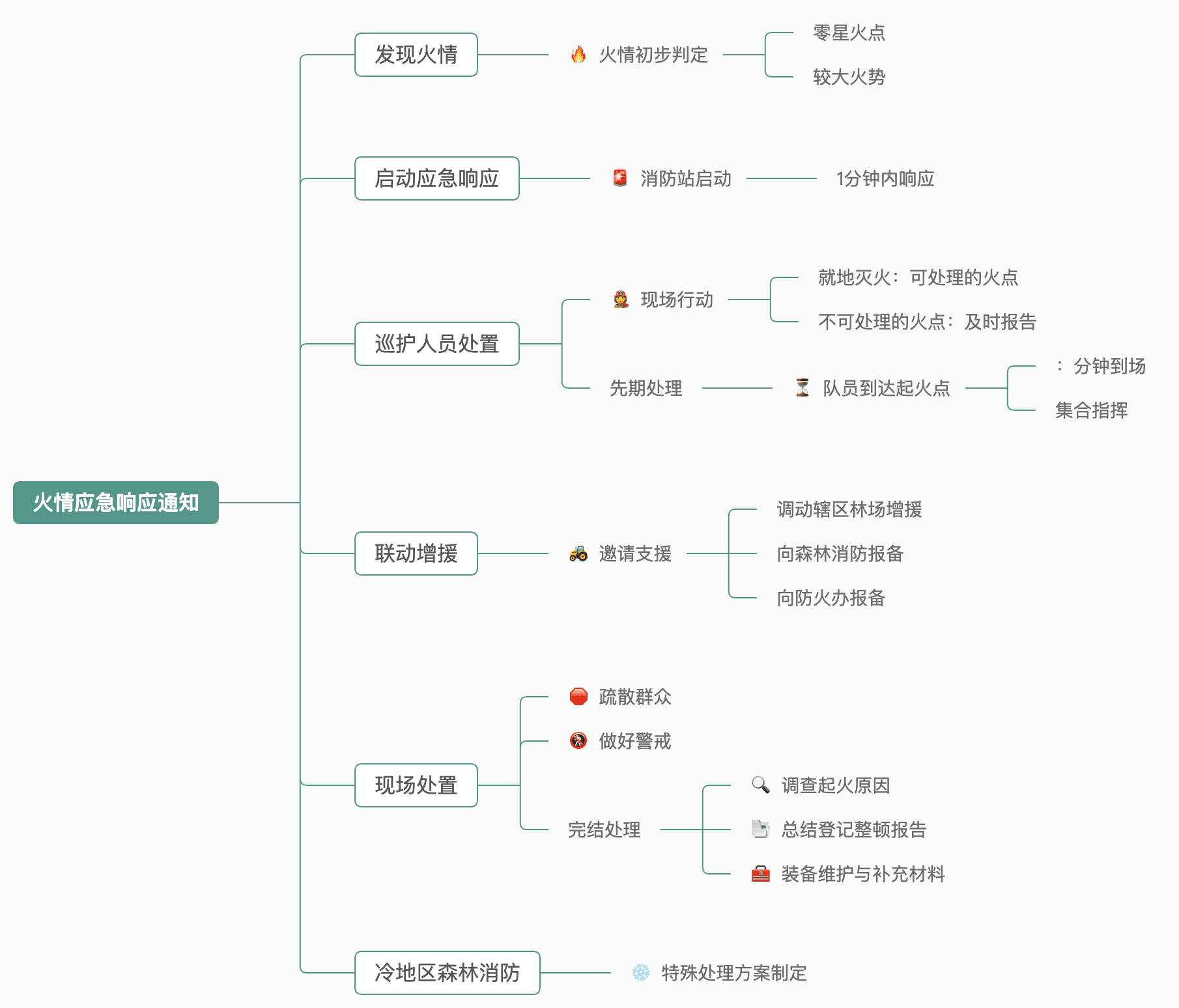
How to Use AI for Mind Mapping
With the continuous advancement of technology, artificial intelligence (AI) has penetrated many fields. From language processing to data analysis, AI is making our lives more efficient. Mind mapping, as an intuitive tool for presenting ideas and creativity, combined with AI technology can be generated more quickly and efficiently, suitable for various scenarios such as knowledge management, project planning, and academic research. This article will detail how to use AI to generate high-quality mind maps to help you optimize time and efficiency in work and life.
What is AI-Generated Mind Mapping?
AI-generated mind mapping is a tool that combines artificial intelligence algorithms to automatically convert logical relationships into visualized charts. Traditional mind mapping requires manual drawing, which is time-consuming. Through AI technology, you can directly input documents, keywords, or ideas into the system, and AI will generate well-structured, easy-to-understand maps.
Common AI mind mapping tools include online generators, intelligent desktop software, and mobile applications. For example, MindMap AI is a powerful tool that supports parsing various file formats (such as text, PDF, DOCX, etc.) into visualized mind maps, presenting core information more quickly.
Key Features of AI Mind Mapping Tools
When choosing and using AI mind mapping tools, users need to understand their core features. Here are the main advantages of AI-driven mind map generators:
1. File Parsing and Keyword Extraction
AI tools can intelligently parse HTML, TXT, DOCX, PDF, and other file formats. By extracting key points, it can quickly generate map structures, reducing tedious manual operations. Compared to traditional tools, this automated method is faster and more precise.
2. Multiple Template Options
Different scenarios have different needs, such as study notes, project planning, meeting minutes, etc. AI tools come with a rich template library, offering personalized layouts for both portrait reading mode and landscape mode suitable for large screens.
3. Compatible with Multiple Input and Output Formats
Popular mind mapping tools now support importing and exporting various file formats, such as JSON, PNG, PDF, etc. File conversion can seamlessly connect different work requirements, providing convenience for cross-department collaboration.
4. Intelligent Content Optimization
Some AI mind maps can also perform content completion. For example, based on input topics, they generate related branches while ensuring logical clarity. Techniques for optimizing AI output content using prompts can effectively improve accuracy.
How to Generate Mind Maps Using AI? Step-by-Step Guide
Here's the common workflow for generating mind maps using AI tools, requiring no complex learning curve and suitable for users of any background:
Step 1: Choose an AI Tool
Select a suitable application from available tools, such as MindMap AI which focuses on file parsing and supports content map conversion. Consider factors like support range, user interface, and pricing when choosing tools.
Step 2: Import Content
You can directly upload documents, paste text content, or provide a URL link. For example, upload meeting minutes or resumes, and AI can extract key information and generate automatic frameworks.
Step 3: Adjust Layout
Choose templates suitable for visual presentation. The tool will automatically optimize tree, hierarchical, or icon combination map layouts.
Step 4: Optimize and Customize
Use AI-recommended keywords and logical branches to check content logic, manually adjusting unreasonable parts. In some tools, AI can even suggest supplementary related information.
Step 5: Export and Share
After completing modifications, export the mind map in appropriate formats (such as PDF or images) and share with team members or clients via email or online platforms.
Application Scenarios for AI Mind Mapping
1. Knowledge Management
Organize study notes or knowledge outlines through AI mind mapping to greatly improve information organization efficiency. For example, use it for exam review with clear, easy-to-remember outlines.
2. Brainstorming
Teams can quickly generate creative branches using AI tools without organizing messy meeting notes. AI can also suggest potentially overlooked key directions.
3. Project Planning
Plan work tasks in a clear hierarchical manner, such as summarizing task modules and resource tables assigned in projects through AI.
4. Meeting Minutes
Record decisions made in meetings in real-time and summarize meeting points through intelligent mapping.
Tips for Optimizing AI-Generated Maps Using Prompts
When using AI tools to generate mind maps, optimizing prompts is crucial. For example, langgptai.github.com emphasizes using specific keywords to precisely guide AI in generating more requirement-compliant content.
Here are tips for writing high-quality prompts:
- Clear Topic Scope: Specify problem categories and analysis depth.
- Simplify Complex Operations: Break down information into smaller chunks to ensure AI logic is clear.
- Set Expected Output: Specify required map structure, such as "secondary branches."
Conclusion
AI technology is rapidly changing how mind mapping tools are used. Through intelligent analysis and algorithmic assistance, AI presents complex information in clear structures, greatly improving work efficiency. From content input to result optimization, users only need a few steps to generate neat, professional charts. Choose a suitable AI mind map generator, such as MindMap AI, to start your journey to efficient work.
Whether you're a business manager, student, or freelancer, empowering your ideas with AI and presenting information visually is an essential skill for the future. Try it now and experience the convenience brought by technology!